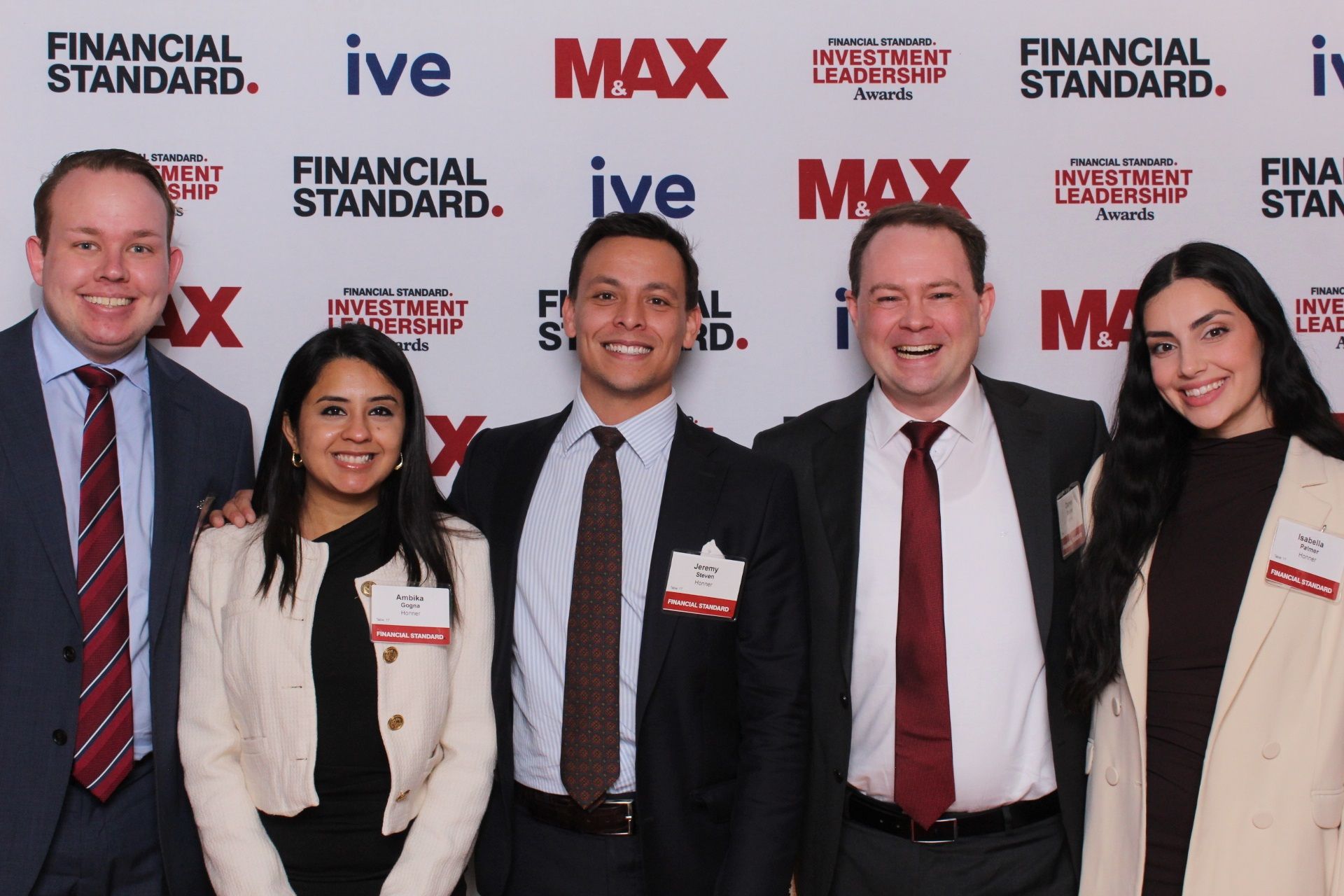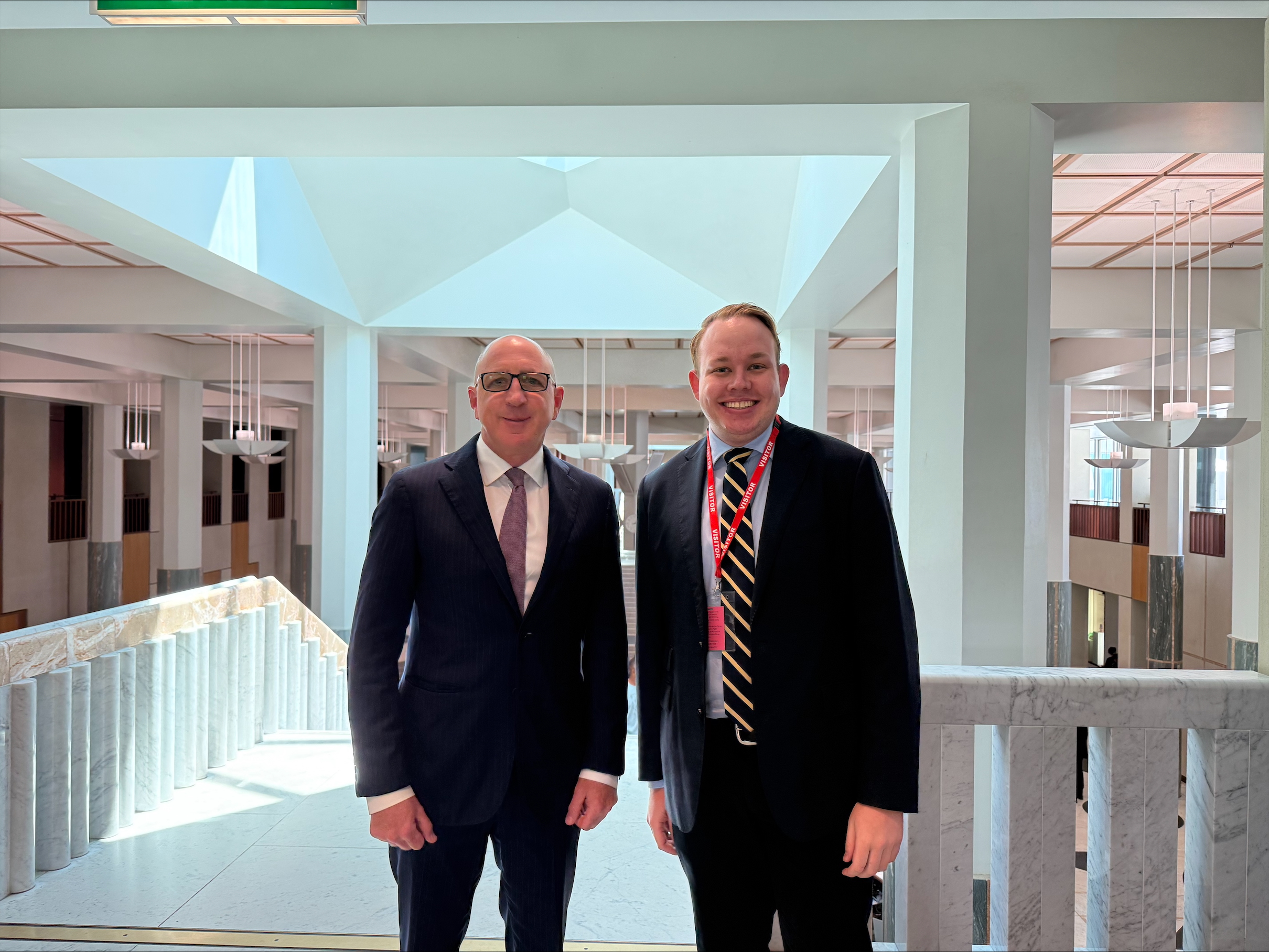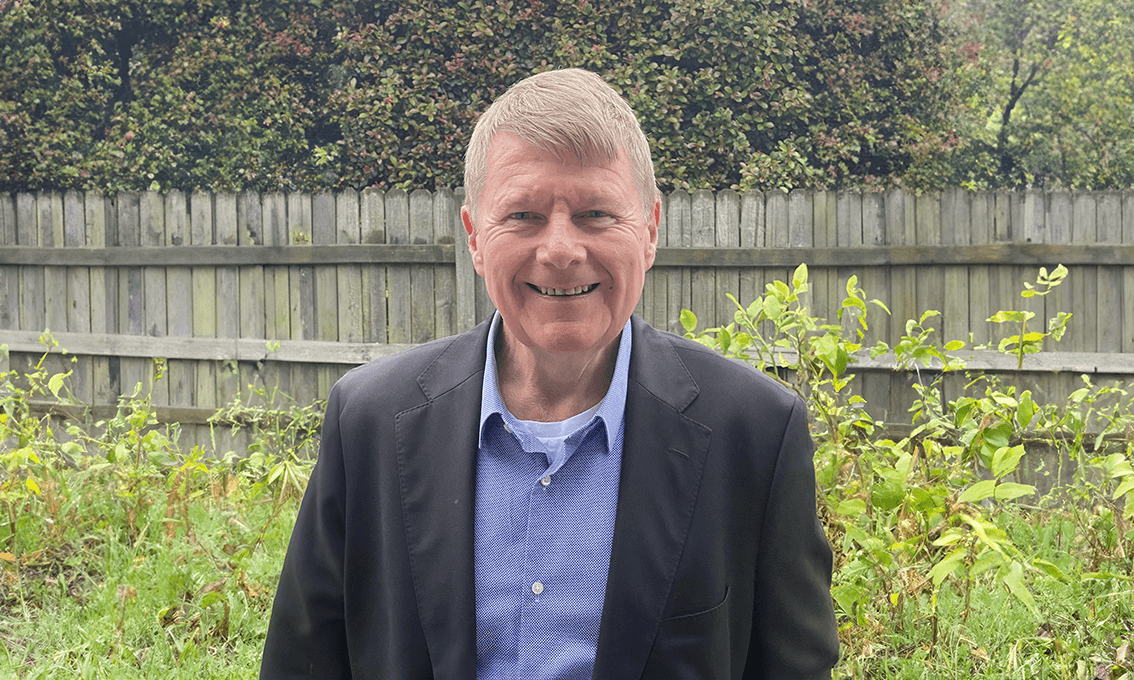Information as of July 9, 2025
The Australian media landscape is again experiencing significant transformation, driven by shifting audience expectations, structural adjustments and the ongoing digitalisation of newsrooms. At the centre of much of this change is The Australian Financial Review (AFR), which has seen a surge in editorial movement. More broadly, recent industry developments point to a sector that is fast-evolving, innovative, and highly responsive to the changing needs of readers and advertisers.
At Honner, we stay close to these movements – not just to keep our clients informed, but to help them stay ahead. We actively monitor changes across the media so we can support our clients in maximising their media objectives, while also maintaining strong relationships with journalists as they take on new roles. This ensures we remain connected to what they’re focused on, understand their evolving needs, and continue to be a trusted partner they can rely on.
Changes at The Australian Financial Review
The AFR has implemented several editorial changes under Editor-in-Chief James Chessell.
Most recently, Kate de Brito has joined the publication in the senior role of Deputy Editor (News). Anne Hyland has rejoined the AFR in the role of Companies Editor, with Peter Godfrey and James Thornhill appointed as her deputies.
Alex Gluyas has also been promoted to Deputy Markets Editor.
Other changes include the expansion of the wealth team with Andrew Hobbs and Jessica Penny appointed as reporters on the beat. Sarah Petty has joined as a Property Reporter, Joyce Moullakis comes on board as an Associate Editor, while Hannah Tattersall has joined to cover the Work and Careers round. Jessica Gardner has started a new position as the United States Correspondent, while Hans van Leeuwen has departed as European Correspondent to join The Telegraph in London. Notably, former Rear Window columnist Joe Aston has made a return to the AFR with a new column titled Rampart.
The AFR has also farewelled several respected journalists, including Larry Schlesinger and Nila Sweeney. Nicola Blackburn no longer writes the live markets blog but remains at the AFR as a producer.
Broader media landscape
The broader media landscape remains agile, evolving to meet market demands through the launch of new ventures and a continual flow of editorial talent.
Green Street News Australia
- Green Street has launched its Australian news service, hiring a team of established journalists including Larry Schlesinger as Managing Editor and Su-Lin Tan and Nila Sweeney as Senior Reporters.
- The publication is positioning itself as a source of exclusive, business-sensitive insights into the commercial real estate sector, signalling fresh competition in a key niche.
The Energy
- A new Australian publication launched in April 2025, The Energy offers n-depth reporting and analysis on Australia’s rapidly changing energy sector.
- Charis Palmer has been appointed Editor-in-Chief and is leading coverage across renewables, policy shifts, and energy market dynamics.
- The outlet’s emergence highlights continued demand for specialist reporting in critical national sectors.
Adviser-focused media moves:
- New appointments: Lachlan Maddock moved to Investment Magazine, Duncan Hughes joined Investor Strategy News and The Golden Times as a contributor. Capital Brief has expanded its team with Michael Pelly joining as Legal Writer, and Brandon How coming on board as a Briefings Reporter covering news and markets. Miranda Brownlee is now working for InvestorDaily and Super Review
- Departures: Leaving The Australian were Amber Plum, Matt Bell, and Glenda Korporaal. Other notable departures include Rose-Mary Petrass from FS Sustainability, Ally Selby from Livewire, Oksana Patron from Money Management, Rhea Nath and Jasmine Silijic from Momentum Media, and Beata Kuczynska from Professional Planner.
Digital platforms and broadcast updates:
- Nine has launched The Pay Off, a new weekly finance podcast hosted by Sylvia Jeffreys, aimed at making money matters more accessible and engaging for listeners.
- The Bloomberg Australia Podcast has confirmed it will continue beyond its initial run. This weekly audio series explores the key business, economic, and political stories shaping Australia’s role on the global stage. It is hosted by Rebecca Jones, Bloomberg’s Managing Editor for the Asia-Pacific region.
Key trends reshaping the Australian media landscape
- Increasing demand for specialised, expert-driven finance and investment journalism targeting professional and sophisticated audiences.
- Continued reshaping of finance newsroom teams and roles to adapt to digital-first content delivery and real-time market reporting.
- Rising popularity and investment in finance-focused podcasts and audio formats to engage advisers, investors, and industry professionals on the go.
These developments highlight that the finance media sector is dynamic, specialised, and continuously evolving to meet the demands of a complex and fast-paced industry. As digital innovation accelerates and new voices emerge, finance communicators must remain agile and well-informed to build strong relationships, effectively engage their audiences, and navigate an increasingly fragmented and competitive media environment.















